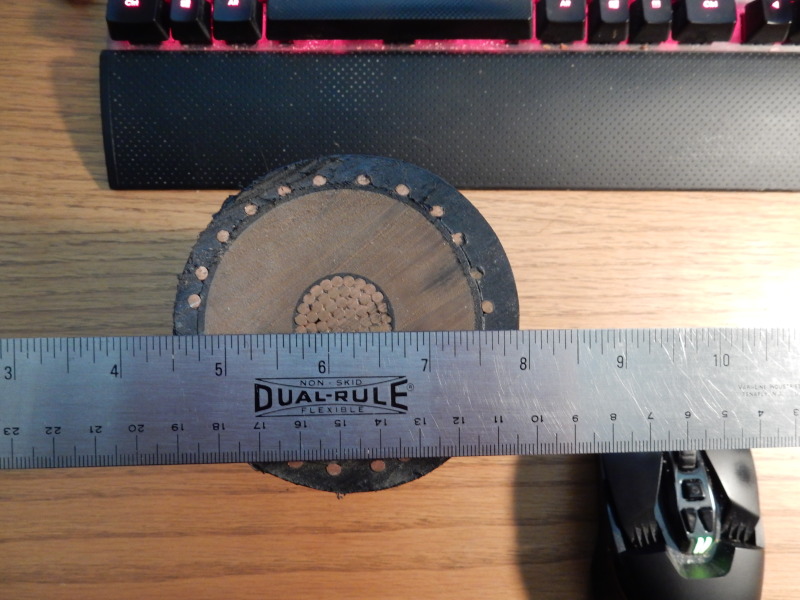For fun, what is the most unique engineering unit you've encountered in your years?
Some considerations:
[ul]
[li]Name[/li]
[li]Units that mixing and matching english and metric[/li]
[li]Usefulness & practicality[/li]
[/ul]
My two first nominations:
[ul]
[li]KW/foot: A mix & match of english & metric, its used in the commercial nuclear power industry. The unit is a of measure of the amount of energy produced in metric, per linear foot of fuel rod. The calculation is important for evaluating the heat transfer capacity to the water in the reactor. Too much energy will result in fuel clad damage, compromising the integrity of the first fission barrier [/li]
[li]slinch: The slinch is an english unit of mass equal to 1 lbf*sec^2/in. (Think Weight divided by 386.6in/sec^2) In my opinion it has almost no practical application except for use in the mass input for english-unit based Finite Element Models.[/li]
[/ul]
Excited to hear your nominees
Jeff
Pipe Stress Analysis
Finite Element Analysis
Some considerations:
[ul]
[li]Name[/li]
[li]Units that mixing and matching english and metric[/li]
[li]Usefulness & practicality[/li]
[/ul]
My two first nominations:
[ul]
[li]KW/foot: A mix & match of english & metric, its used in the commercial nuclear power industry. The unit is a of measure of the amount of energy produced in metric, per linear foot of fuel rod. The calculation is important for evaluating the heat transfer capacity to the water in the reactor. Too much energy will result in fuel clad damage, compromising the integrity of the first fission barrier [/li]
[li]slinch: The slinch is an english unit of mass equal to 1 lbf*sec^2/in. (Think Weight divided by 386.6in/sec^2) In my opinion it has almost no practical application except for use in the mass input for english-unit based Finite Element Models.[/li]
[/ul]
Excited to hear your nominees
Jeff
Pipe Stress Analysis
Finite Element Analysis

![[monkey] [monkey] [monkey]](/data/assets/smilies/monkey.gif)
